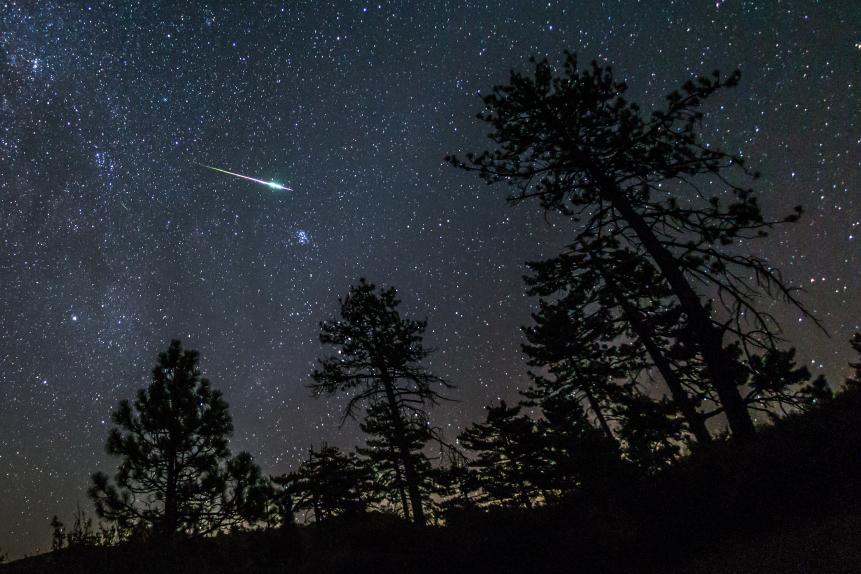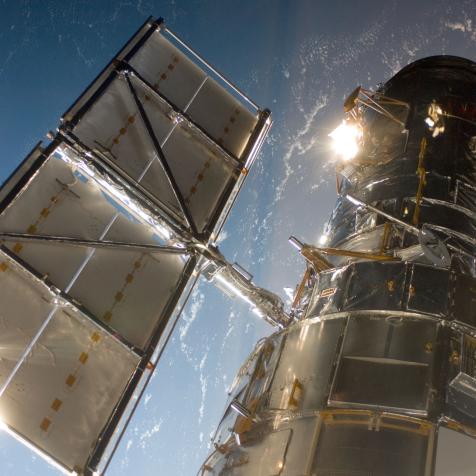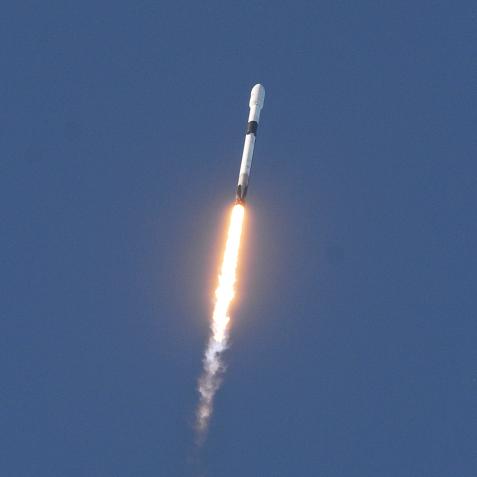
Petro Belskyi
A Guide to this August’s Best Astronomy Attractions
Learn more about the exciting things happening in the night sky this month! From the rings of Saturn to the most popular meteor shower of the year, August 2022 has us stargazing all month.
Perseid Meteor Shower
The Perseid meteor shower occurs every year from mid-July to late August. This summer the meteor shower will reach its peak from August 11-12.

Kevin Key / Slworking
The Perseids are a natural phenomenon caused by Earth’s orbit through ice and rock debris from the Swift-Tuttle Comet. The Perseids meteor shower peaks when Earth moves through the densest area of debris. The rates of meteors per hour depend on moonlight, in “outburst” years the rates can vary between 150-200 meteors an hour.
Last Super Moon of 2022
The fourth and final super moon of this year is set to rise on August 11th, 2022. The August super moon or the “Sturgeon Moon” will peak around 9:36 pm EDT this Thursday. In addition, the moon will brightly shine through Wednesday and Friday as well.

Anadolu Agency
Supermoons can appear around 16% brighter in the night sky than a regular full moon. The “Sturgeon Moon” will join this year’s set of supermoons, the Buck Moon, Strawberry Moon, and Flower Moon.
Saturn Says Hello
On August 14th, Saturn will be at its biggest and brightest point of the year allowing viewers to gaze at its larger moons and unique rings. Saturn will be in opposition, meaning that the planet will be opposite the Sun from Earth and will be at its closest to Earth.

SCIEPRO/SCIENCE PHOTO LIBRARY
This occurrence only happens about every 378 days or about once a year. Lowell Observatory in Flagstaff, Arizona plans to point several of its public telescopes toward the planet. Their collection includes a historic 24-inch Clark Refractor and an array of high-tech telescopes and is offering public nightly viewings of Saturn and its beautiful rings.


















